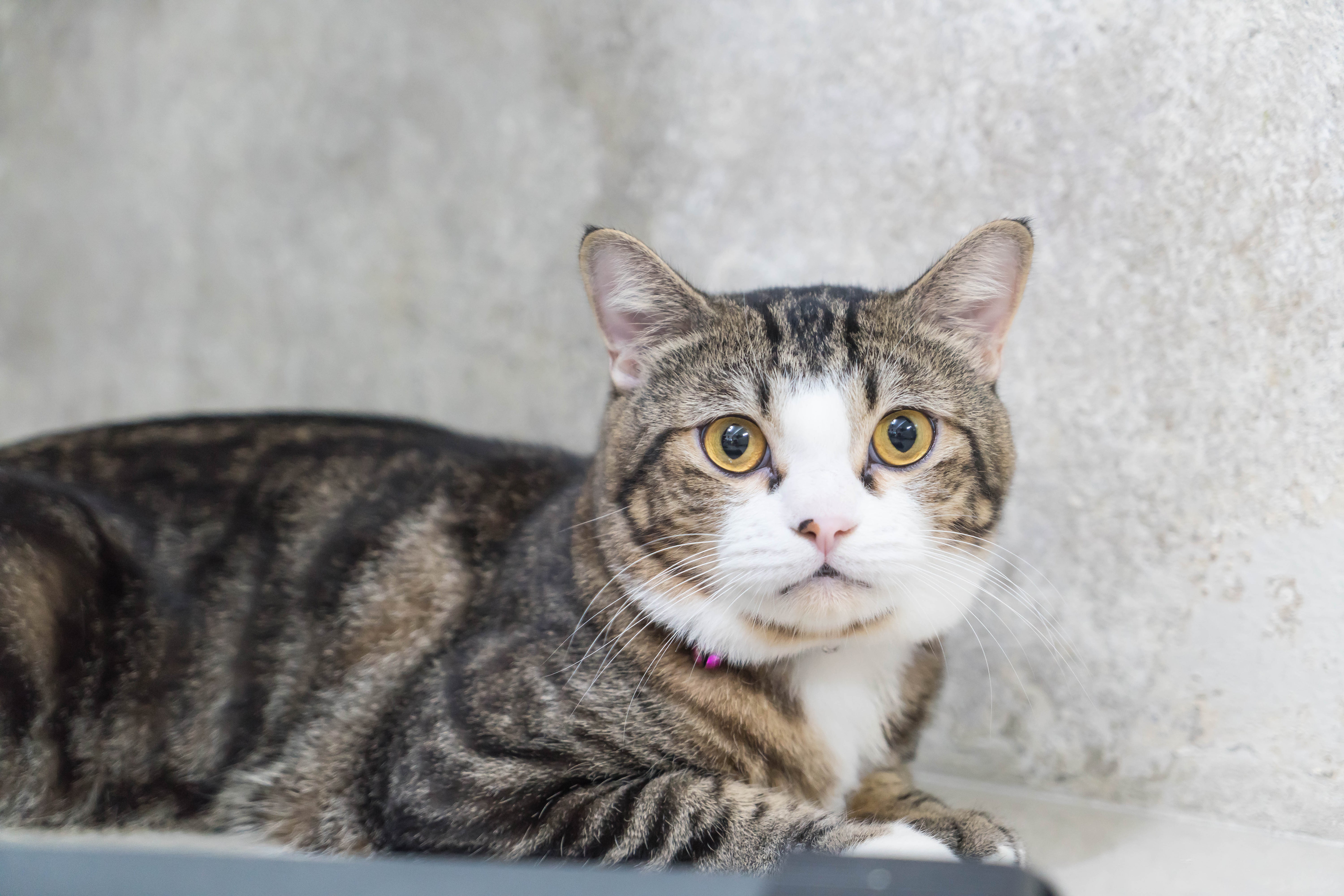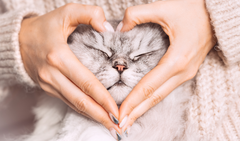Understanding the History and Origins of the Bobtail Cat
The story of the Bobtail cat is a tapestry woven from both legend and science. One might trace the lineage of the American Bobtail to the late 1960s, when John and Brenda Sanders discovered a short-tailed cat in the American Southwest. Their foundational breeding programs began by pairing this cat, later named Yodie, with a Siamese female, resulting in kittens that retained the tail mutation. Over time, additional genetic mutations and strategic breeding practices solidified the breed’s distinct characteristics. Meanwhile, the Japanese Bobtail emerges from centuries of East Asian lore and represents good fortune, with ancient texts and art depicting its signature short tail. Across the globe, the Kurilian Bobtail prevails in Russia and Eastern Europe, celebrated for its robust body structure and wild look shaped by natural selection. The growing catalog of Bobtail cat breeds—including rarities like the Mekong Bobtail—showcases how environmental pressures, human intervention, and chance tail mutation genes converged. Each breed’s evolution was influenced by its genetic background, as well as historical phenomena, such as the importation of feral domestic cats onto islands or trade routes. As a result, today’s Bobtail cats stand as living testaments to both the unpredictability and wonder of feline genetics.

Physical Characteristics That Make Bobtail Cats Distinct
The physical distinctiveness of Bobtail cats begins with their remarkably short tail. Whether it is the trademark “pompom” of the Japanese Bobtail or the bushy, sometimes kinked tail of the American Bobtail, no two are quite alike. This diversity in tail shape, ranging from the “rumpy riser”—a mere stump that rises slightly—to elaborate coils and kinks, showcases the spectrum of tail kinks seen throughout the breeds. Bobtail cats typically boast a medium to large frame, exuding a more muscular body structure than the average domesticated cat. Their tails might only measure a few vertebrae in length, but their hunting gaze, striking eye color, and strong hind legs signal athleticism and agility. The wide array of coat color, coat patterns, and coat patterning further enhances their visual appeal, from classic tabby patterns to lesser-seen styles like lynx point and mink pattern. Organizations such as the Cat Fanciers Association and The International Cat Association rigorously outline the Breed Standard, ensuring a consistent yet diverse appearance within each variety. Their coats may be plush, shaggy, or lean, and whiskers occasionally reflect subtle changes due to their unique genetic background. Variations in coat color and eye color stem from both natural and human-influenced breeding programs, resulting in a kaleidoscope of beauty across the Bobtail population.
The Unique Genetics Behind Bobtail Tails
The cornerstone of all Bobtail varieties is the presence of a tail mutation gene. This gene, inheritable and often dominant, explains the prevalence of short-tailed cats in seemingly distant corners of the world. What differentiates Bobtails from breeds like Manx Cats, whose Manx gene tends to cause a complete absence of tail and is linked with spinal problems or Manx Syndrome, is the healthy persistence of a visible, if abbreviated, tail. Notably, DNA studies—including those using the Wisdom Panel—have demonstrated that the Bobtail’s tail mutation arose independently in breeds such as the Kurilian Bobtail, American Bobtail, and Japanese Bobtail due to unrelated genetic mutations. Careful genetic screening is now an intrinsic part of reputable Bobtail breeding practices, helping breeders minimize hereditary disorders or hip problems. The involvement of the International Cat Association and the Cat Fanciers Association ensures ethical standards and encourages ongoing genetic research. Because Bobtails may sometimes carry risks like Hip Dysplasia (especially in the Kurilian Bobtail) or minor spine problems, genetic testing is essential for breeding soundness. Advances in DNA tests now empower breeders and pet owners to select for both health and beauty, supporting the long-term vitality of these beloved felines.

Typical Behavior and Temperament of Bobtail Cats
Most Bobtail owners remark on their cats’ pronounced dog-like behavior. They exhibit devotion and friendliness, seeking human company and often following family members throughout the home, much like a Golden Retriever of cats. This intelligence and sociability extend to their interactions with children, other pets, and even visitors. Their communication style is unique; not only do they “chirp” and trill, but they can focus a direct, hunting gaze on toys or prey, highlighting their keen hunting instincts inherited from their feral domestic cat ancestry. The American bobtail cats , in particular, are known for their affectionate nature, while retaining an independent streak that suits various household dynamics. Playful and inquisitive, they thrive on stimulation, whether it’s puzzle toys, interactive games, or scaling cat trees and scratching posts. Their adaptability and emotional intelligence have also led to their growing reputation as therapy pets, calming nerves in settings like nursing homes and hospitals. Anecdotes even abound of Bobtails riding with long-haul truckers, adapting eagerly to life on the road. Forming strong bonds without being overbearing, these cats exemplify the balance between companionable warmth and self-reliant curiosity.
Ideal Living Environments for Bobtail Cats
Creating an ideal home for a Bobtail means understanding their energetic spirit and need for enrichment. Spacious environments with plenty of vertical territory—cat trees, shelves, and scratching posts—accommodate their climbing prowess and discourage boredom-induced mischief. Those adopting a Kurilian Bobtail or an American Bobtail should ensure the space includes cozy nooks and plenty of toys, as mental and physical stimulation is crucial for these active breeds. Interactive elements, like puzzle feeders, support their genetic predisposition toward problem-solving and lessen the likelihood of behavioral issues. Owners should provide filtered drinking fountains for hydration and select age-appropriate kitten food, high-quality diets, or senior cat nutrition as their pets grow. Cleanliness, including litter box hygiene, is critical for these neat companions. Attention to claw trimming and other cat care tips also enhances the quality of life and helps prevent household damage. Integrating Bobtails into daily activities and routines encourages their social behavior. Some owners even find that their cats enjoy supervised outdoor time, exploring the world with the curiosity and boldness that defines their breed. A thoughtful, enriched environment ensures a happy and well-adjusted Bobtail.

Caring for the Health and Well-being of Bobtail Cats
Vigilant cat care tips can ensure Bobtails enjoy long and robust lives. Their baseline health is generally sound, but the presence of a tail mutation gene and unique body structure means specific issues require monitoring. Especially in outcross breeds like the Pixie Bob—thought by some to have wildcat ties—choosing breeders who conduct genetic testing for hip dysplasia, spinal problems, or related disorders is crucial. While breeding programs are now rigorous, some cats (notably Manx Cats and occasionally Bobtails with “rumpy riser” tails) may be prone to spine problems. To safeguard health, veterinarians recommend routine check-ups, timely vaccinations, and dental hygiene , such as regular teeth cleaning. Proper nutrition—including options like Scrumbles Nutritious Cat Food—supports musculoskeletal health, while filtered water fountains encourage adequate hydration. Special diets are available for senior cats or those with chronic conditions, and owners should always tailor diet and care to their individual pet’s needs. Regular brushing for most coat patterns (from the plush domestic tabby cat to the exotic lynx point or mink pattern) reduces shedding and supports a glossy shine. Ultimately, proactive measures, such as genetic counseling and early veterinary intervention, fortify the enduring health Bobtails are known for.
Bobtail Cats in Popular Culture and Everyday Life
Bobtail cats are woven throughout local folklore and global media. The Japanese Bobtail, immortalized as the beckoning cat Maneki-neko, often seen in shops to invite prosperity, exemplifies their status as a cultural icon. On the Isle of Man, the tail mutation in Manx Cats became so prevalent that local legends and art feature them prominently. In contemporary culture, Bobtail breeds like the American Bobtail and Kurilian Bobtail have featured in TV shows, cat shows sanctioned by the International Cat Association, and publications about rare felines. The breed’s versatility is further underscored by its adaptability to new environments, from suburban homes to the itinerant lives of long-haul truckers. Social media is dotted with tales of Bobtails displaying dog-like behavior—fetching toys, greeting their owners at the door, or lounging alongside family dogs. Comparisons to the Jungle Curl, Serengeti cat, or even the shimmering-eyed Khao Manee underscore their place among the world’s most intriguing domesticated felines. Their reputation as loving, interactive, and healthy companions makes them the preferred choice for those seeking a unique feline friend.




















